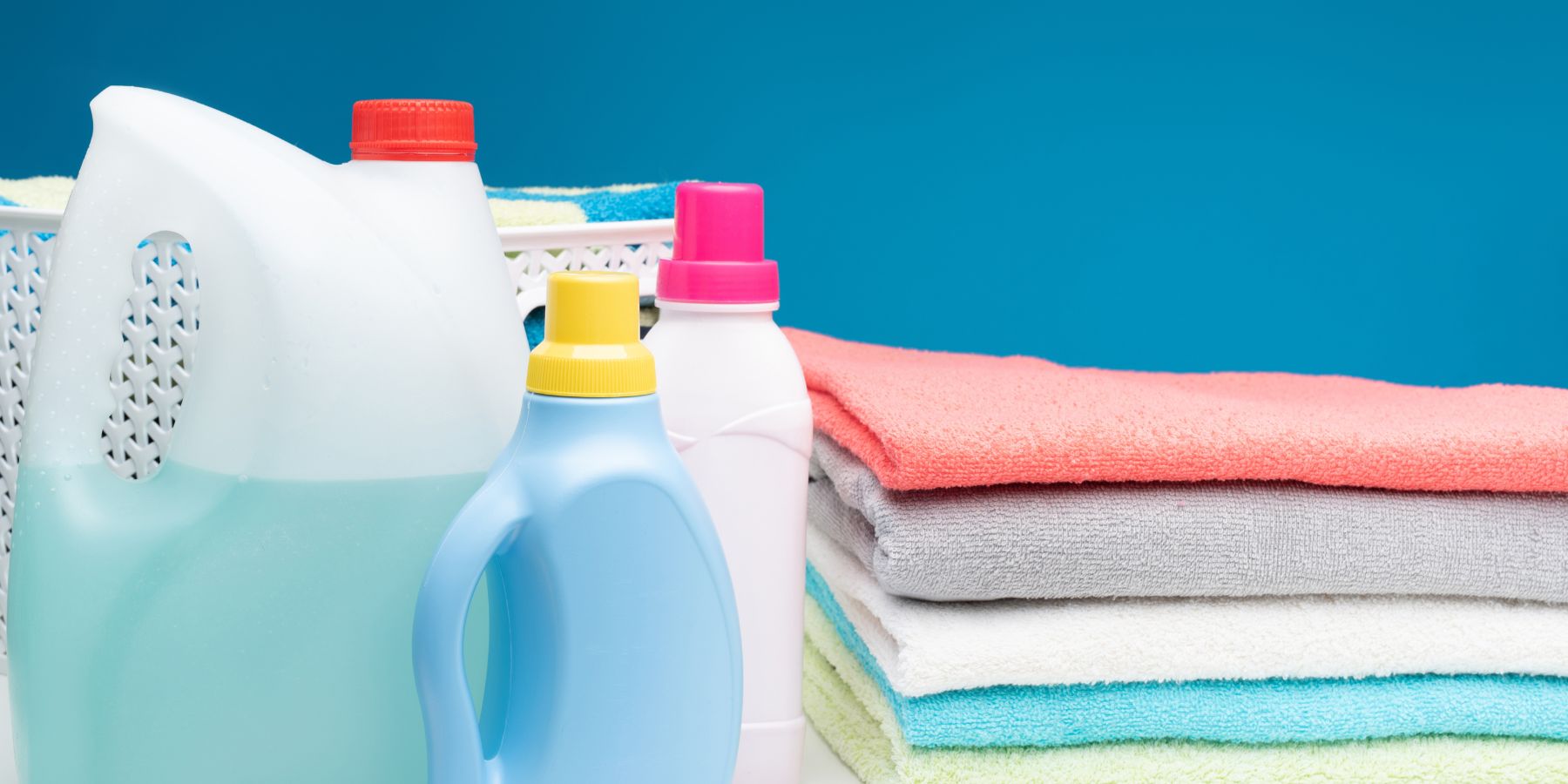In a world where hygiene is more important than ever, keeping everyday items like water bottles clean is a top priority. One common question is whether it's safe to use bleach to disinfect water bottles. This article will explore the safety, methods, and precautions of using bleach for this purpose.
Understanding Bleach as a Disinfectant
Bleach, particularly chlorine bleach, is known for its strong disinfecting properties. It's effective against a wide range of germs, including bacteria and viruses. This makes it a go-to choice for sanitizing surfaces in homes and hospitals.
Is Bleach Safe for Water Bottles?
When it comes to water bottles, the safety of using bleach depends on proper dilution and usage. Bleach can be safe for disinfecting water bottles if it is diluted correctly and the bottle is thoroughly rinsed after cleaning.
How to Use Bleach for Disinfecting
To safely disinfect a water bottle with bleach, follow these steps:
Prepare a Bleach Solution: Mix one teaspoon of unscented household bleach with one quart of water.
Fill the Bottle: Pour the solution into the water bottle, making sure it reaches every part of the bottle.
Let It Sit: Allow the solution to sit in the bottle for at least five minutes. This contact time is crucial for the bleach to effectively disinfect water bottle surfaces.
Rinse Thoroughly: After five minutes, empty the bottle and rinse it thoroughly with water. Ensure no bleach smell or residue is left.
Precautions When Using Bleach
Ventilation: Use bleach in a well-ventilated area to avoid inhaling fumes.
Glove Use: Wear gloves to protect your skin.
Avoid Mixing: Never mix bleach with other cleaning agents, especially ammonia or vinegar, as this can create toxic gases.
Dilution: Always dilute bleach as concentrated bleach can be harmful.
Alternatives to Bleach
If you're hesitant to use bleach, there are other ways to disinfect your water bottle:
Vinegar and Baking Soda: A natural alternative that can help remove germs and odors.
Hot Water and Soap: Regular cleaning with hot water and dish soap can keep your bottle hygienic.
Commercial Bottle Cleaners: There are specific cleaners designed for water bottles available in the market.
When to Disinfect Your Water Bottle
It’s a good practice to disinfect your water bottle regularly, especially if you’ve been sick, or if it hasn’t been cleaned in a while. Daily cleaning and weekly disinfecting can maintain hygiene.
Conclusion
Using bleach to disinfect water bottles can be safe if done correctly. It's an effective way to ensure your bottle is germ-free. However, always follow safety guidelines and consider alternatives if you're not comfortable using bleach.
FAQs
How often should I disinfect my water bottle with bleach?
Disinfecting once a week is sufficient unless you’ve been ill or the bottle has been contaminated.
Can I use scented bleach for my water bottle?
It’s best to use unscented bleach to avoid any lingering flavors or smells.
Is it safe to drink water from a bottle that’s been disinfected with bleach?
Yes, as long as the bottle is rinsed thoroughly and no bleach residue remains.
Can bleach damage my water bottle?
Some materials may be sensitive to bleach. Check the manufacturer's guidelines for your specific bottle.
What should I do if I accidentally use too much bleach?
Rinse the bottle several times with clean water and let it air dry. If the bleach smell persists, it’s best not to use the bottle.
Remember, keeping your water bottle clean is essential for your health. Whether you choose bleach or another method, regular cleaning and disinfection will help ensure your drinking water is safe.


